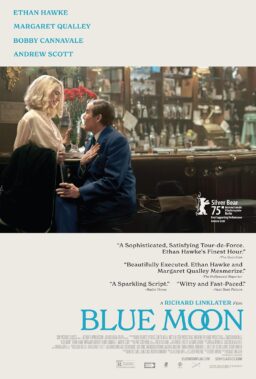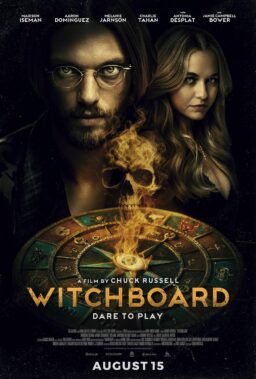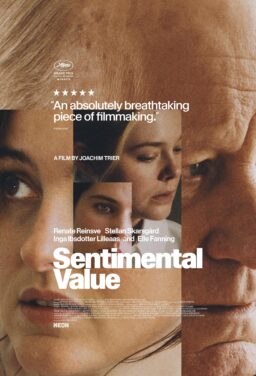Fasten your seat belts: “Ridefilm” is coming. Sony IMAX announced last week it is scouting two Chicago area locations for installations that will marry movies and moving platforms to create rides that give you the sensation of hurtling through space and time.
Ridefilm encloses you in a space with about 18 other people. It shows you a high-quality movie image on a wrap-around screen. And it straps you to a seat and a platform that makes more than 200 movements a second, creating the illusion that you are participating in the action on the screen.
What kind of movements?
Troy Stokes, an expert “motion base programmer” who claims he’s designed more rides than anyone, explains his craft on a World Wide Web page where he says most simulator rides choose from six “degrees of freedom (DOF)”: Heave (move up; down). Pitch (tilt forward and back). Roll (tilt side to side). Surge (move forward and back). Sway (move side to side). Yaw (do the twist).
Most rides only offer pitch, heave and roll, he says, but some offer four or more. A few even turn upside down, but “that’s just DOFs getting out of hand.”
A cautionary note: “If the motion doesn’t seem to match the visuals, then the audience will blow lunch all over each other, which would be bad.”
Although Ridefilm is still in its planning stages, it’s related to existing technology that I’ve experienced at Disney World in Orlando, Sega’s “Joyopolis” outside Tokyo, the Luxor casino in Las Vegas, and in the test labs of Douglas Trumbull’s Showscan Corp. in Los Angeles. The specific inspiration for the Chicago installations will be the “Back to the Future” ride at Universal Studios Hollywood, where Doc Brown (actor Christopher Lloyd) welcomes you to his eight-passenger DeLorean for a ride based on the hit movie trilogy about time travel.
In all of these environments, the illusion of actual movement is uncanny. In Disney World’s “Space Tours” ride, spaceship doors slam shut realistically and then you’re jerked onto a conveyor belt that drags your spacecraft into launch position. Suddenly something goes wrong, and the craft is hurtling straight down a gigantic shaft – so convincingly, you grab your armrests and let out a whoop.
Trumbull’s technology uses the high-resolution Showscan process (70-mm. film projected at 60 frames a second), which is so “real,” it looks more like a window than a screen. You’re bolted into seats in a rail car that goes hurtling down a dizzying mine shaft.
With the Tokyo “Joyopolis” complex, there’s a ride named AS-1 in which you hold on for a wild ride, and “Ghosthunters” where you shoot at ghostly images as you chase them and they chase you.
Although such attractions are often called “interactive,” they aren’t interactive at all, except for the ghost-shooting. They do what the movies have always done. They act on you. The goal is to lure you into the illusion, so you think you’re actually hurtling through space on mind-boggling adventures. (An experiment with truly interactive films, in which the audience used computerized buttons to vote on what would happen next, was a resounding flop 18 months ago.)
Attractions like Ridefilm have a lot in common with the phenomenally successful 3-D IMAX attractions at Sony’s Navy Pier theater in Chicago and its Sony Lincoln Square IMAX theater in New York. In those theaters, high-tech headsets create a more convincing illusion of 3-D picture and sound than has ever been possible before, and the quality of the experience is so high that families are lining up to sample it; Sony is rushing more 3-D installations online.
In a sense, a man named William Castle is the pioneer of this movement. He was a 1950s exploitation filmmaker who tirelessly labored to break down the barrier between audience and screen. Smell-O-Vision was his idea, and so was “The Tingler,” a film in which he wired selected seats in the theater to give moviegoers an electrical jolt.
Castle would have been proud of the latest advances. With 3-D, Ridefilm and other new movie technology, we’re approaching the science-fiction dream of true virtual reality, in which the viewer becomes a participant, because his entire body – his senses, his equilibrium, his imagination – are all convinced an imaginary event is really happening.
Are we really ready for that? It’s a good question. Many people wouldn’t want to lose that much control, but for starters, there probably would be customers among bungee jumpers and sky divers. In the meantime, three DOFs will be enough for most people. Maybe four.











